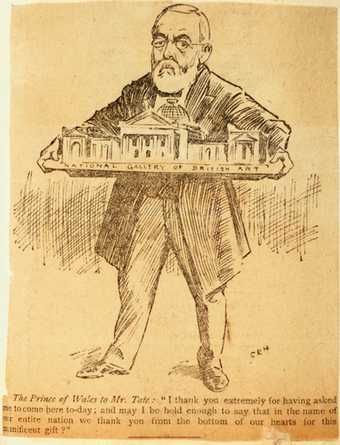Dear Henry Tate,
Welcome to our tenth issue, and thanks to all our new subscribers, from as far afield as the Shetland Islands and New Zealand, who have helped to increase our print run to 100,000 copies. We celebrate this by inviting The Wrong Gallery (Maurizio Cattelan, Ali Subotnick and Massimiliano Gioni), who like to call themselves ‘a parasite institution temporarily living inside Tate Modern’, to pay homage to some alternative images of Britishness in the Tate collection. Their project – Henry II – features some lesser-displayed works, such as Edward Burra’s Skeleton Party c.1952 and John Quinton Pringle’s The Window 1924. It also presents Franz West’s antidote to the theme – Greetings from Vienna.
In this issue, there are antidotes of another kind. Maya Deren was considered to be one of the first important American experimental filmmakers. Her iconic Meshes of the Afternoon in 1943 was a model for self-financed production, and a message to film companies that big didn’t necessarily mean better. As she put it: ‘I make my pictures for what Hollywood spends on lipstick.’ Deren’s interest in art, film and, most notably, anthropology brought her into contact with such people as Marcel Duchamp, Anaïs Nin and John Cage.
Early in the twentieth century, the artists of the avant-garde were similarly attracted to film, including Kandinsky, the Futurists and, for a moment, Picasso. However, few of these projects ever materialised. One exception, as Ian Christie writes, was Salvador Dalí, who found the medium an ideal aesthetic vehicle for Surrealism, and, in contrast to Deren, wilfully embraced Hollywood. As Tate Modern’s exhibition Dalí & Film will show, his film projects would mirror developments in the century’s art, from his early collaboration with Luis Buñuel in Un Chien Andalou (1929) to his later work with Disney (Destino, 1946/2003), and then in what could be regarded as the first artist’s video, the fabulously anarchic Chaos and Creation, made in 1960.
Bice Curiger and Simon Grant.


